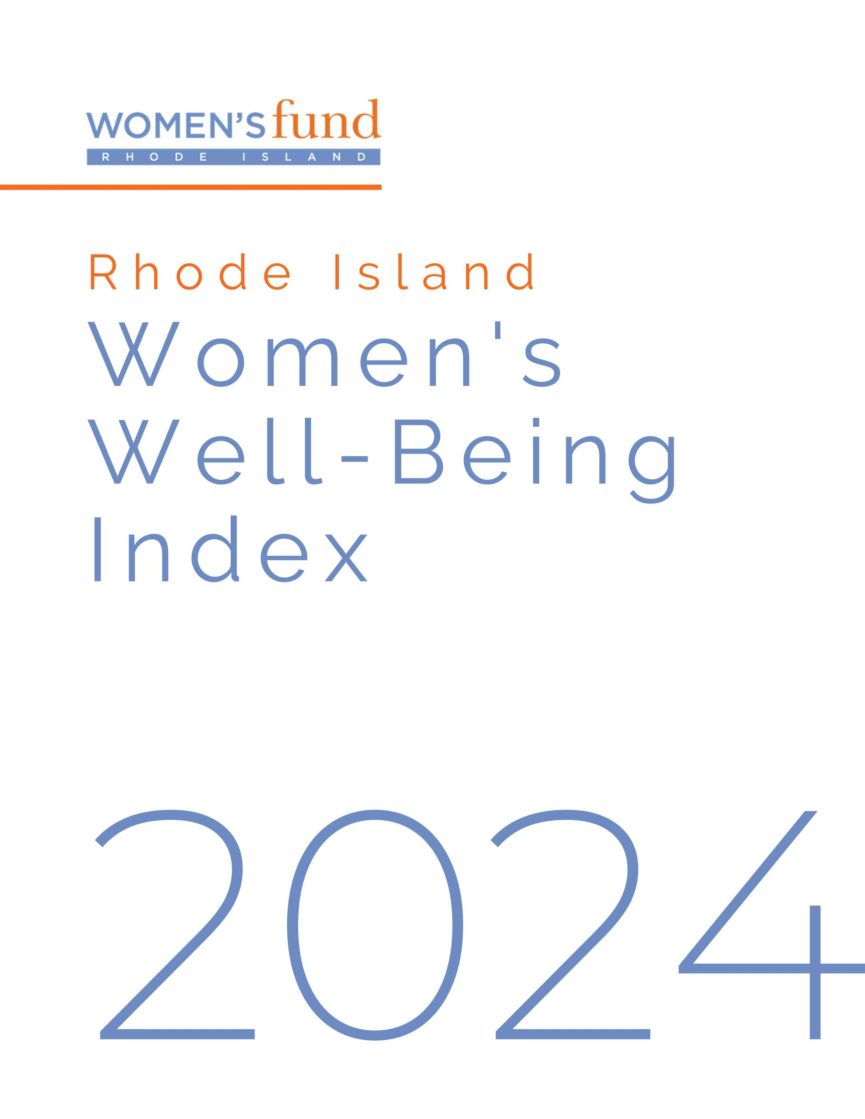
Women’s Fund of Rhode Island’s Women’s Well-Being Index (WWBI) exists as Rhode Island’s best evidence-based resource to demonstrate how women are faring in every city and town in regards to salary, economic security, representation in job sectors, educational attainment, and health and safety. Primarily based on U.S. Census data and published annually, the WWBI highlights the progress being made toward closing the gender, wage, wealth, health, education, and power gaps that exist in Rhode Island. When possible, WWBI investigates the intersection of gender inequity overlaid with race/ethnicity and age. A few highlights from 2024 findings include the following
- White women in Rhode Island earn .81 to each $1 a man earns, which is a drop of 4% since last year; Black women earn .60 and Latina women earn .52.
- Salaries have risen for women in most occupations over the last year, ranging from an 8-16% increase, depending on the employment sector.
- Rhode Island’s highest-paid sector for women is Healthcare Practitioners, where women earn an average of $79,197. Men, in comparison, make an average of $113,210 in this sector.
- In Rhode Island, 27% of all women (all races) have at least some college education and 90% have at least a high-school diploma.
- Black women are 2.6 times more likely to die due to a pregnancy-related cause than white women.
- The overall birth rate has decreased from 5% of Rhode Island’s female population to 2.5%.
- Hispanic/Latinx women experience poverty at a rate above 10% in 26 Rhode Island cities and towns; Black women experience the same in 16 cities and towns.
- The poverty rate for American Indian/Alaskan Natives in Rhode Island surged from 16.5% in last year’s WWBI to 38% now.